Besides a bowl of Aamras, summers have another staple on our plates; a small bowl of chilled Raita.
It was a casual discussion at Rinkal’s (that triggered the need for this post) when she mentions the reason for not enjoying Raita made in other households; “they don’t add rai whereas mummy never omits it!” And I remembered how my father never missed adding rai to his favorite cucumber-banana-peanut raita.
Did you know that Raitu/raita gets its name because it always has a bit of beaten rai added? Have you continued with the authentic way of preparing Raita and adding rai to it? Most of the homes I know don’t add beaten rai anymore.
Rai has the properties of eliminating flatulence, one of the reasons mustard oil is massaged upon aching joints. Traditionally, varieties of Raita prepared with gas-inducing vegetables like cucumber, saran, potatoes, etc, had a small amount of freshly pounded and beaten/ finely/mustard seeds added. Later, as rai na kuria/split rai seeds became readily available, they replaced the freshly pounded seeds. Adding Rai enhances the taste of Raita as the flavors mature upon soaking in the yogurt.
There is also a practice of grinding mustard seeds and salt on sil-batta and mixing it with lemon juice, preparing a ball, and taking a pinch of the mix to add to Raita or chutney whenever required. Of the various mustard seeds, the red-hued Jambusari rai is potent and best suited for Raita, dahiwada and pickles.
Take some mustard seeds, salt and few drops lemon juice. Pound the seeds, add salt and continue to crush it. Add lemon juice and mix it well. Shape it in a ball and keep it in an airtight container. Whisk in a generous pinch of the this paste to a cup of yogurt you prepare for Raita. Proceed with your usual way of making Raita.

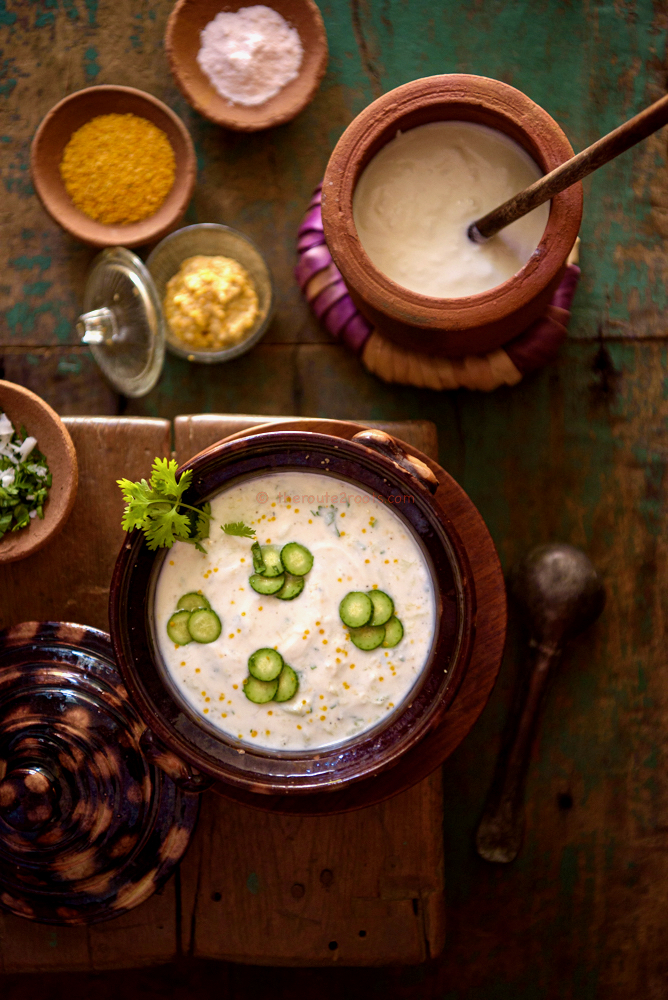
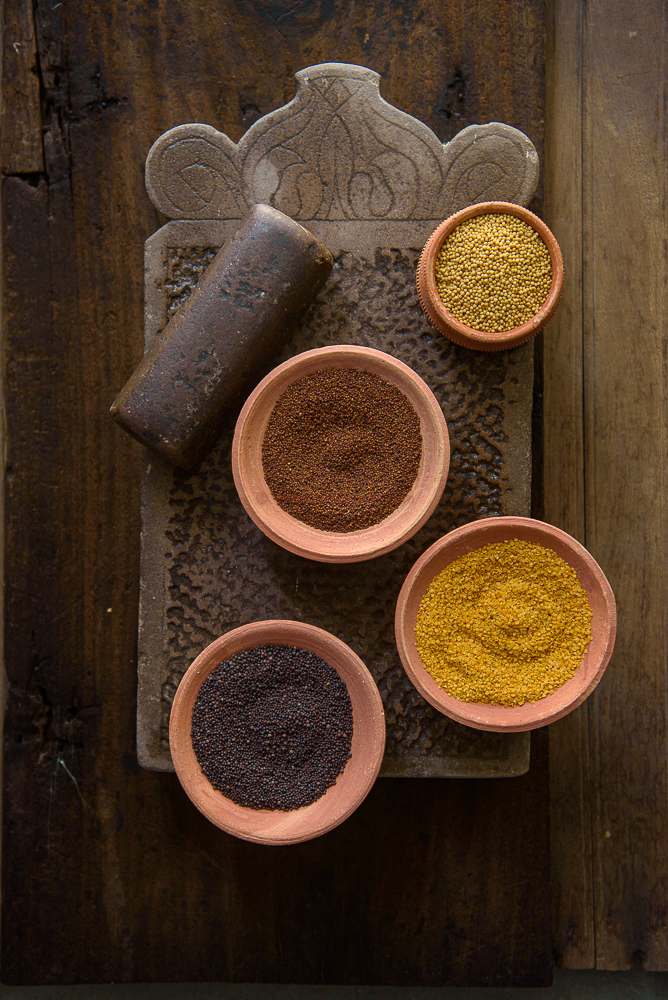
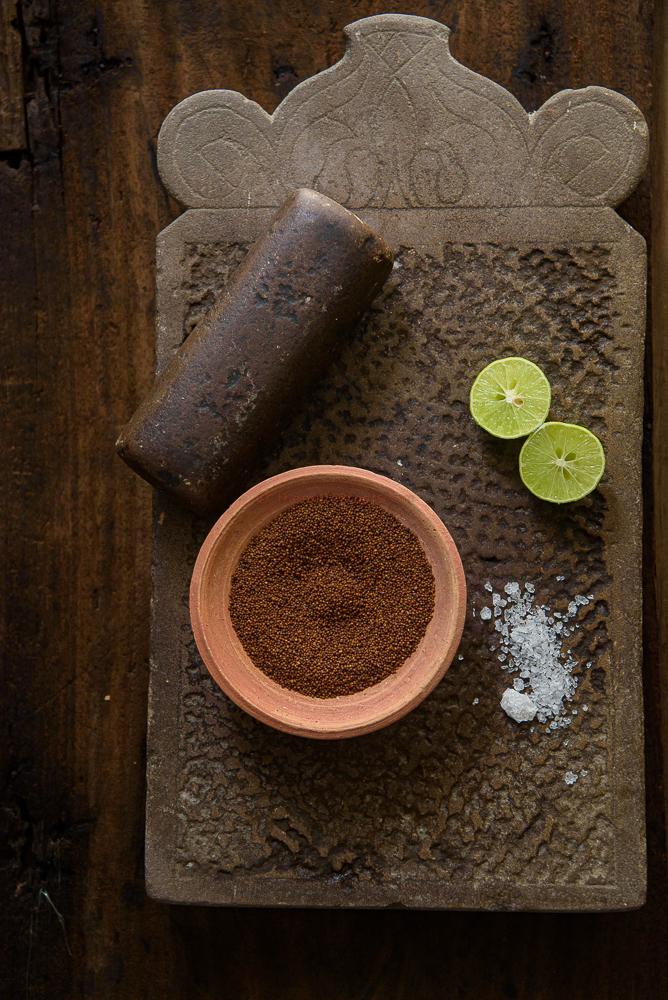
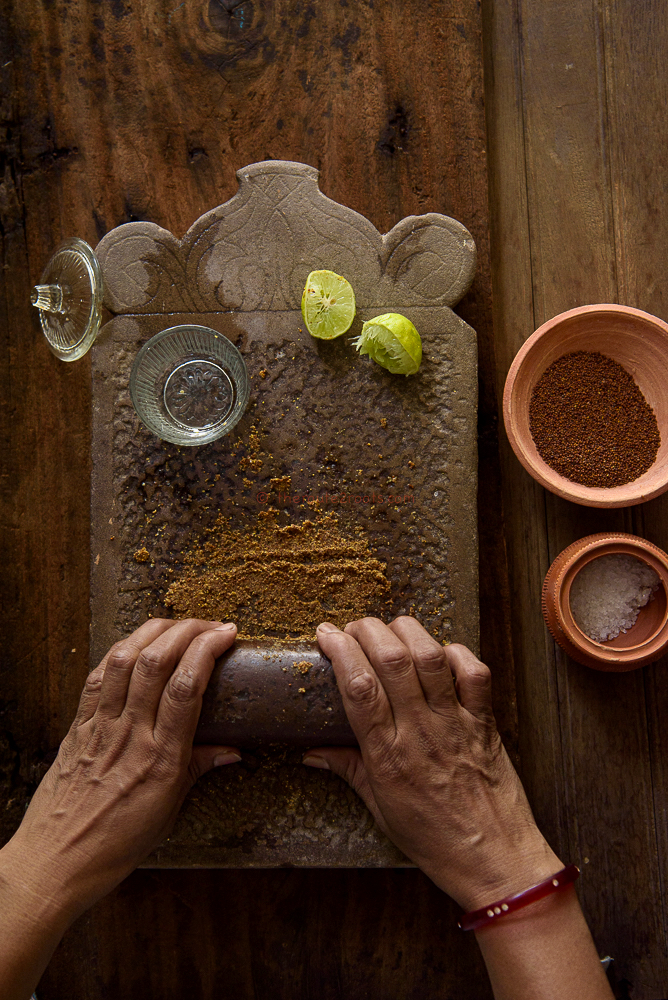
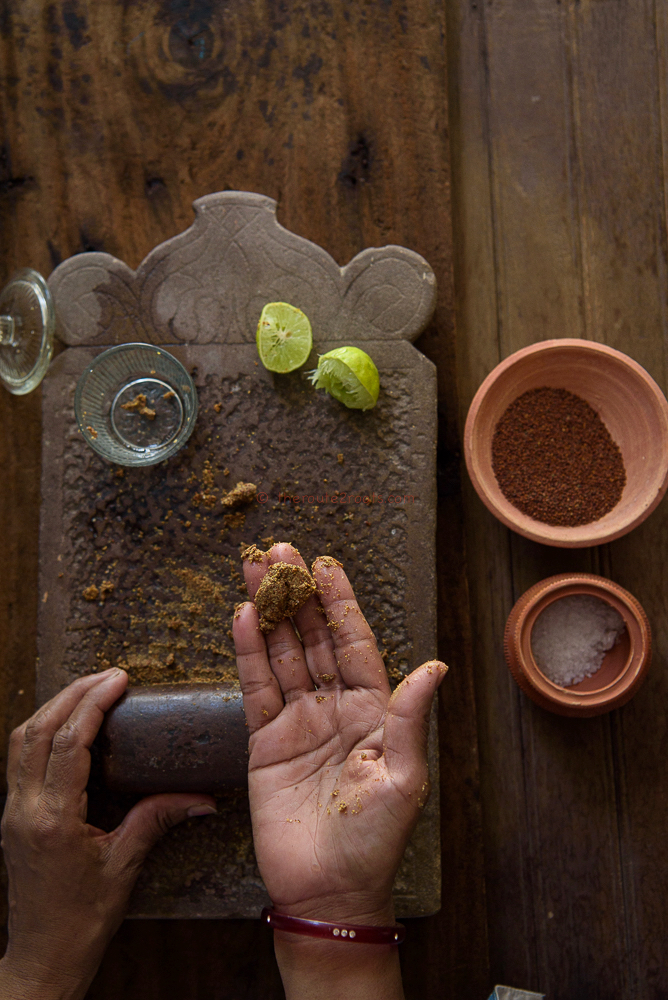
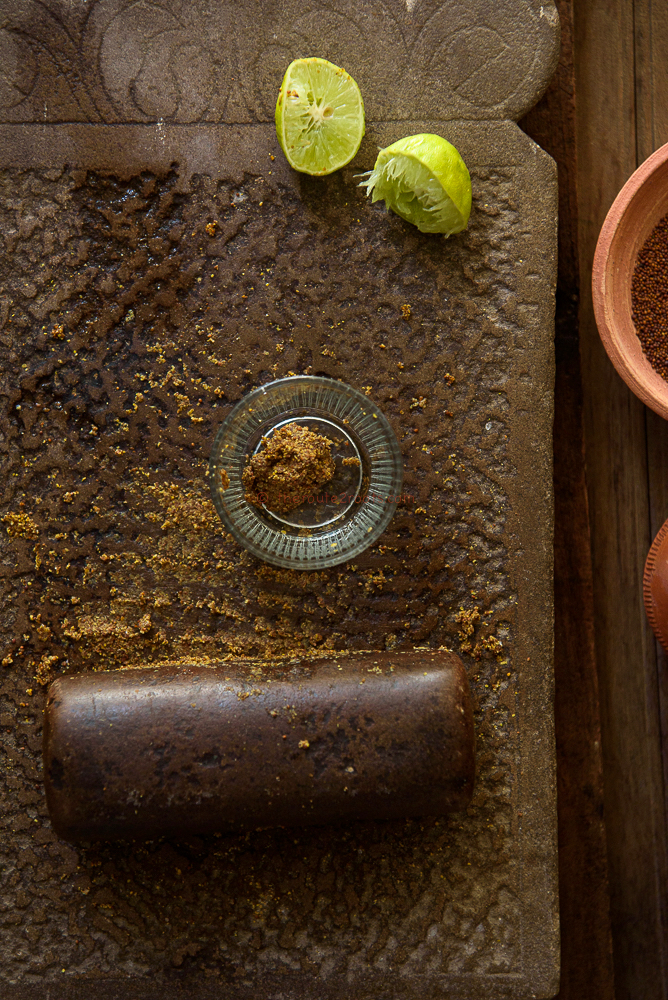

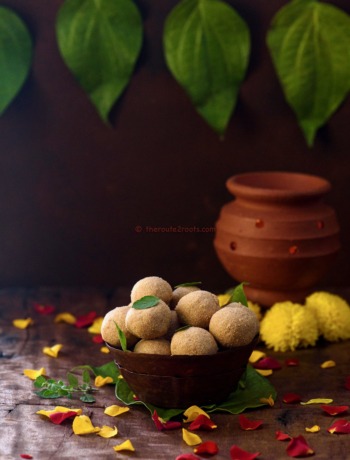
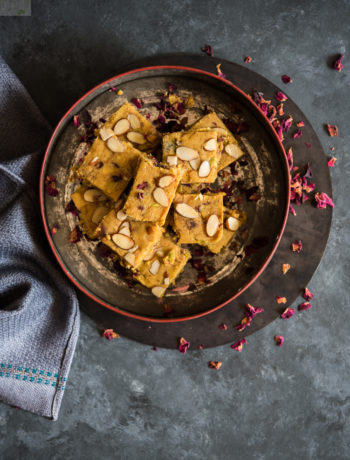
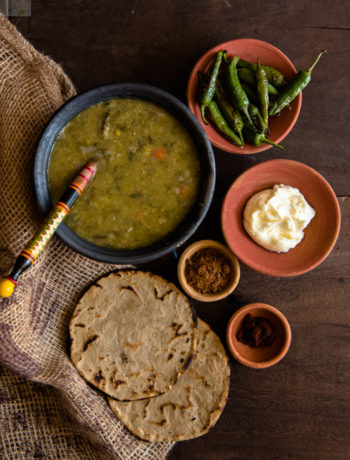
No Comments